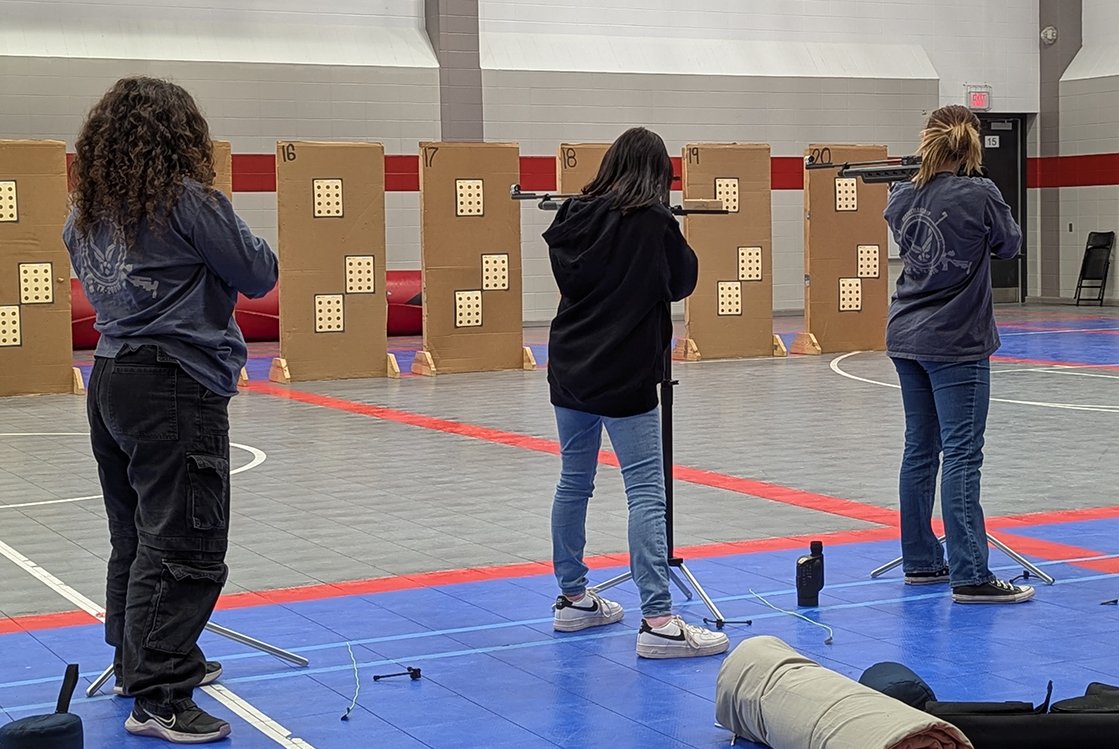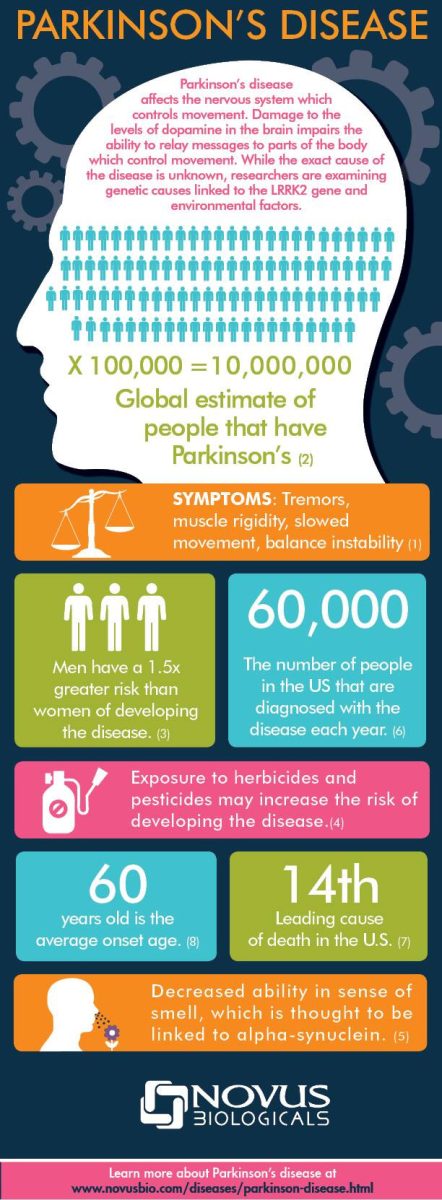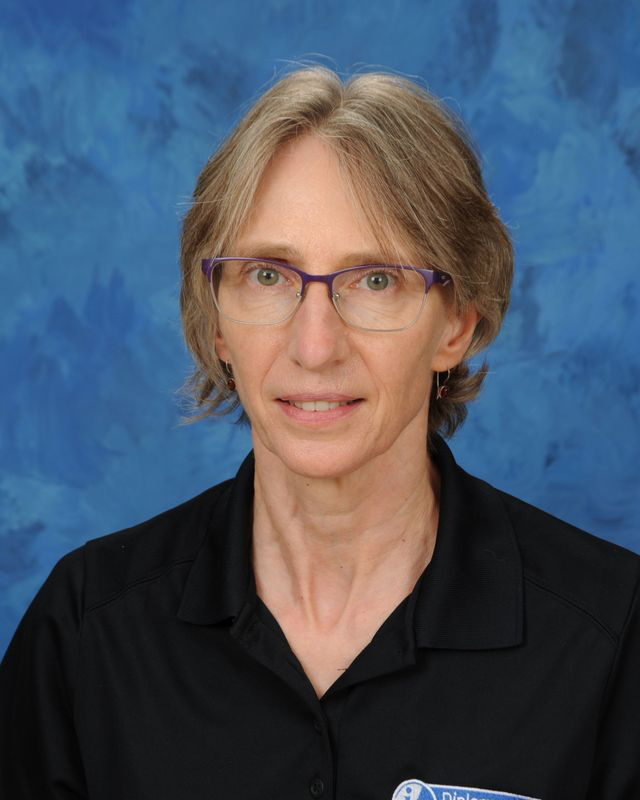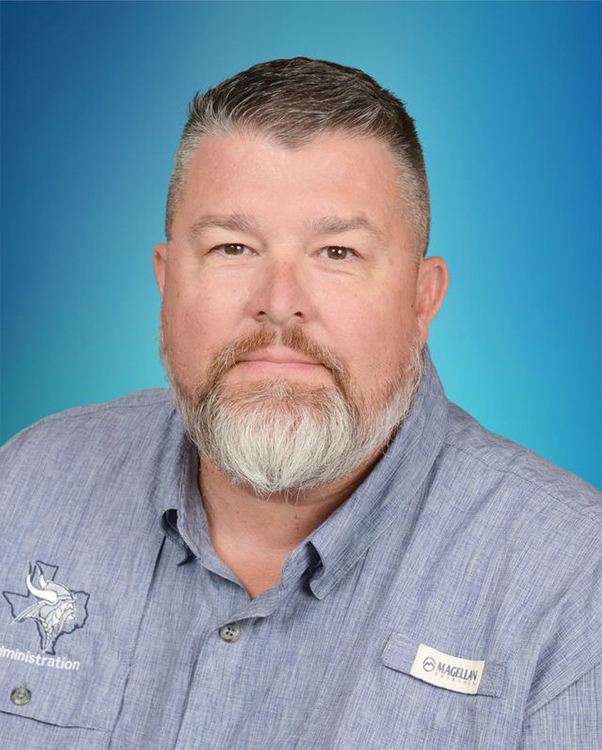Technology has become an integral part of education and teachers must equip students with the tools to succeed in their future careers. Each subject must assess the best way to integrate technology to promote learning and understanding. Norseman staff members took an in-depth look at technology usage across campus and how different teachers utilized it to increase student learning.
History
History may not seem like a subject where technology is frequently utilized, but in the classroom technology is an integral part of US history teacher Chad Cryer and World Geography teacher
Kelly Adams’ learning environments.
In Adams’ classes, the students aren’t just confined to the typical worksheets and fill-in-the-blank notes, but frequently use iPads in the classroom to go over information.
“The iPads allow students to access lots of information, and they allow us to do a lot of multimedia type stuff that keeps the kids interested,” Adams said. “Some of the different apps that they can use furthers their learning outside in the classroom.”
Adams doesn’t enjoy solely lecturing the students and so he uses the iPads to keep the students active in the lesson and class.
“When I’m the one using the technology in a Powerpoint, we’re limited to whatever I put up there,” Adams said. “ When we pull out the iPads, [the students] become more interested in learning. We don’t expect every student to be interested in everything we learn, but hopefully they can find something they’re interested in and learn further in that.”
In Cryer’s classroom, not all the learning is inside the classroom walls. Cryer has a class blog where students can interact with one another and share different viewpoints.
“You get to see the students’ opinions,” Cryer said. “On the blog, [everyone] can read each and every individual opinion on there. The other thing is, whenever students write and realize that it’s going to be published, they write with better quality.”
Cryer often makes references to his blog in class, which helps the students with class work and class discussions.
“Depending upon the subject that we’re studying, we tend to ask [and discuss] a debatable topic within the unit, so generally we use the blog once a week, sometimes multiple times a week,” Cryer said. “The blog helps tremendously, especially when it comes to class discussions.”
English
In most English classrooms, learning usually happens through note-taking and bookwork, but in Lisa Prejean’s English classroom, the students are doing quite a bit of their working with laptops from the school’s COW (Computer on Wheels).
“I use them on a daily basis,” Prejean said. “It allows students to work on things in class and in google docs so they can share assignments with me. This allows me to give them timely feedback electronically on something they’re working on, and they can access it from home.”
The COW isn’t the only important piece of technology utilized in Prejean’s room as students are required to submit all essays to Turnitin.com.
“Turnitin checks for plagiarism so that I don’t have to spend time trying to go check students’ papers,” Prejean said. “Before I had Turnitin.com, I had to use the knowledge I had about students’ writing styles and I would know if [their work] didn’t sound like something they would normally write.”
Turnitin.com isn’t just a great tool for Prejean, but for the students; as it allows the students to see similar work after the work has been submitted.
“I let the kids see the report, I allow them to look at their matches before their final submission so they can go in and see where their problem areas are,” Prejean said. “It gives them a chance to go back and look at their own writing and evaluate how well they incorporated quotes, and it’s helpful for when they get to college.”
Science
To most people, science is more associated with technology. In order for the school to keep up with growing scientific technology in the science community and in the classroom, physics teacher Robert Richards uses up-to-date methods in his classroom to make things both interactive and easier for the students.
In Richards’ class, the students use generators, which are computer simulators to clear up their data and reduce the level of difficulty in physics.
“The students find the generators to be very useful,” Richards said. “The generators are helpful and give precise data, while also taking care of a lot of things that human error can make bad data for.”
In modern times, students are more accustomed to the use of technology, and using the generators helps bring technology usage into the classroom in the proper way.
“The use of technology is growing, it’s not getting smaller.” Richards said. “[The students] use their cell phones for stuff and that’s no different from doing this. They can get better at it now for when they get to college.”
In addition to the generators, Mr. Richards frequently uses the new Nspire calculators in class.
“These allow the students to type in words, and you can actually get set labs that come with instructions already on there which reduces paper costs,” Richards said. “They can do the labs right there on the calculator and they get graphs on there too. They can be sent to my computer as well. The calculators allow the students to, in real time, change their data and see what’s happening just by clicking things. It’s just more user-friendly [than the old calculators].”





